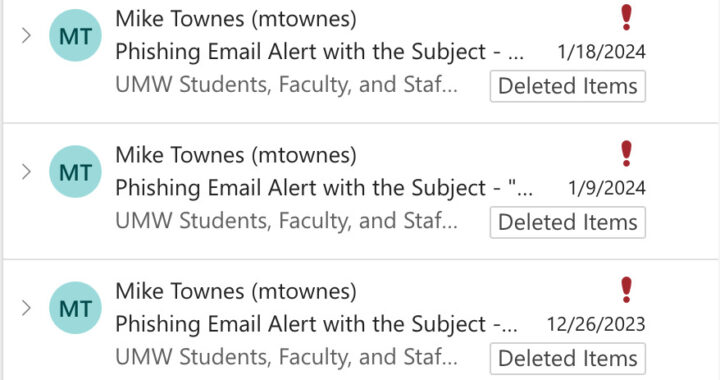American far-right: an underestimated threat
5 min read
A far-right mob stormed the U.S. Capitol on Jan. 6. | Jason Andrew for the New York Times
By GABRIEL MATTESON
Staff Writer
On Feb. 13 Trump was acquitted of all responsibility for the events in the Jan. 6 Capitol riot, where protesters contesting the 2020 presidential election results stormed and occupied the United States Capitol Building.
Trump’s acquittal has reignited outrage (from the liberal and left-leaning sections of American society) and debates in national outlets such as The New York Times, USA Today, MSNBC, and The Washington Post surrounding one question:
How is the person responsible for it still walking free?
The answer is that, while Trump is culpable to a certain extent, and his rhetoric acted in part to inspire those who marched on the Capitol, he is not solely responsible for the success of the insurrectionists. The narrative that Trump orchestrated a sophisticated coup in an attempt to seize power is laughable and misunderstands the root causes that allowed this reactionary movement to go forward.
The more important question to ask returns to the original national debate that was occurring before the collective liberal media sphere decided to place sole blame on Trump.
How were “violent extremists” allowed to occupy the sacred halls of an American institution in an insurrection against our democratic process?
There were multiple layers of administrative leadership beyond Trump’s purview that could have stopped the protests in their entirety. Specifically, the United State security apparatus which, from the federal to local level, failed on multiple occasions to address the security threat that the election protesters represented with any level of seriousness. (This is in stark contrast to the over mobilization of law enforcement during the Black Lives Matter Protests during the summer of 2020).
The Department of Homeland Security & FBI both failed to release a security threat report ahead of the protests. The Capitol Police and the DC Metropolitan Police both refused offers from the National Guard for additional support. Despite Far-right organizers organizing in public spaces on social media no Federal agencies and or local law enforcement issued any kind of serious warnings in the days leading up to the riot.
As part of the effort to place the blame solely on one actor a false narrative has been developed that attributes these failures to the fact that no one could account for a President of the United States calling for violence and suppression of our democratic process. But as multiple experts have pointed out, to exhaustion, online organizing for violence directed at Congress had been ongoing before Trump’s rally and, regardless of any action or inaction by Trump, security agencies should have set up contingency plans. Beyond this, Trump’s calls for action were completely in line with his past rhetoric, so this escalation on his part shouldn’t have been a surprise to anyone.
The truth is that it is only recently that the American far-right (and far-right adjacent collaborators) have been identified in terms of being threatening and only after the insurrection has any lip service been paid to considering them a serious national security threat. Before this the American far-right has largely been considered a non-threat by the American political establishment.
This leads to the broader question “why has the American far-right been seen as a non-threat?” The answer is that the American far-right is, and has been, widely composed of members of the same societal class that possesses a great amount of cultural capital in our society.
In short these are not “fringe extremists,” who exist at the edges of American society, but part of a societal in-group that enjoys fraternity and the blanket protection of willful ignorance on the part of the historical and contemporary American leadership. These members are classified by their whiteness, Christian background, and most importantly deference to reactionary-conservative politics and it is this identification that they share with the power holders in American society. They are the rule, not the exception.
It is inarguable that the trend in the United States has been to afford the highest societal rungs to those who are white, Christian and reactionary-conservative in thinking. To this day, leadership both economic and political reflects that to a high degree. In this specific case, this cultural capital has afforded those who share this identity and who fight to further empower this cultural class with fraternization by those in the power structure.
This was seen in action during the Capitol protests as law enforcement officers clearing barricades, clearing pathways, and encouraging the safe passage of protestors past their lines and into the Capitol building.
The protesters were largely viewed as a non-threat to the larger societal power structure and not in conflict with the status quo (on major fronts) and so were afforded the leisure to act as they wished with no state interference.
While this is reflected on the micro-level with Capitol police assisting the protestors this is also the case on the macro-level. Security agencies have historically understated the threat of the American far-right, as seen in practice in 2017 when the FBI released a threat assessment that pointed to “Black extremists” as the most prominent threat to the United States only a few months after the far-right rally held in Charlottesville. In this way cultural capital has acted in an invisible manner to simply not prosecute the American far-right until only a few years ago.
It is at all levels of politics the American-far right has been afforded preferential treatment and it is only though the direct demonstration of their place in the societal hierarchy, via an act of symbolic violence against the very basis of our democratic intuitions, that any effort is being made to address the danger they pose to our efforts at democracy.
Hopefully, after this occurrence, the eyes of the American public have been opened and further escalations by the American far-right aiming for the deterioration of our deomocratic institutions can be avoided. Perhaps, even more importantly, a dialogue can be begun on the fraternity and brotherhood shared between the American far-right and American political establishment and the special relationship it shares with the anti-democratic and reactionary elements in the Republican Party.
This an opportunity for the country to address the mistakes of affording decades of preferential treatment to the American far-right, understand what it means to be deemed threatening by the American political establishment and begin to build a stronger base for truly democratic institutions that embrace inclusiveness and progressive reform at all levels of governance.











